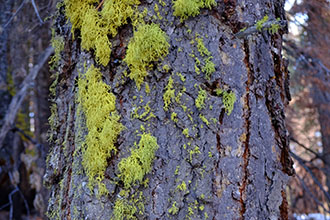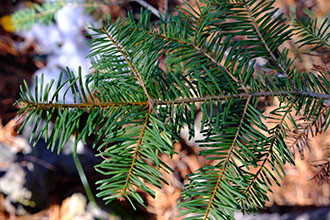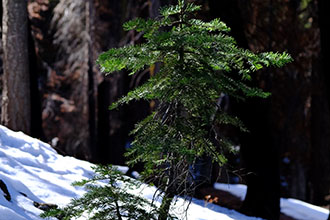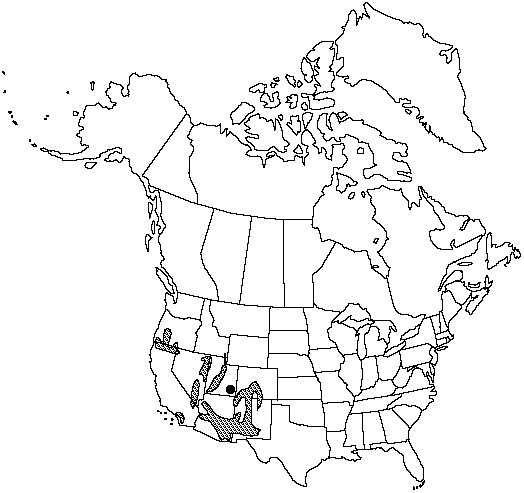Taxonomy: Kingdom - Plantae (plants). Subkingdom - Tracheobionta (vascular plants). Superdivision - Spermatophyta (seed plants). Division - Coniferophyta (conifers). Class - Pinopsida. Order - Pinales. Family - Pinaceae (pines). Genus - Abies Mill. Species - Abies concolor (Gord. & Glend.) Lindl. ex Hildebr.
The currently accepted scientific name of white fir is Abies concolor (Gord. & Glend.) Lindl. ex Hildebr. (Pinaceae). Two varieties are recognized based on differences in morphological and chemical characteristics. Abies concolor var. concolor Rocky Mountain white fir Abies concolor var. lowiana (Gord.) Lemm. California white fir. California white fir naturally hybridizes with grand fir (Abies grandis) in a belt extending from north-west California, across Oregon, and into central Idaho. Under controlled conditions, white fir has successfully been crossed with other firs. Many populations of Abies concolor have long been isolated geographically and genetically. A geographic cluster of populations in Utah has shorter leaves and slightly different terpene patterns than a similar cluster of populations in Colorado and northern New Mexico (J.W. Wright et al. 1971; E.Zavarin et al. 1975). Another large geographic cluster, in southern New Mexico and Arizona, seems to be strongly linked chemically to Colorado populations (E.Zavarin et al. 1975) and morphologically to southern California populations (J.L. Hamrick and W.J. Libby 1972). Northern California populations with pubescent twigs and notched leaves are unique, as are the Baja California populations with very short, thick leaves and about 18 adaxial stomatal rows. In Los Padres National Forest of coastal southern California and in the Cascades of northern California, apparent introgression with A . lowiana (E.Zavarin et al. 1975; J.L. Hamrick and W.J. Libby 1972) has occurred. Many consider A . lowiana (given specific rank in this treatment) as a synonym of A . concolor or place it in an infraspecific rank under that species.
Ecology: Abies concolor is a native coniferous tree species abundant in many forests of western North America. It is a widespread species, occuring in a wide variety of habitats at elevations ranging from 900 to 3,400 m. The Utah Forest Dynamics Plot (UFDP) is at 3,000 m, near the high end of its range. Abies concolor is uncommon in the UFDP, found mostly on open slopes. In the Yosemite Forest Dynamics Plot (YFDP), Abies concolor is by far the most abundant stem, but is matched in basal area by Pinus lambertiana. After the California Rim fire in 2013, Abies concolor in the YFDP experienced high levels of mortality, especially in the smallest diameter classes.



